Classic Cars, Movies, Music, and Other Stuff ...
Every late Summer around March or April, an important ceremony takes place in the Western Province of Zambia. It is known as the “Kuomboka” or “get out of the water,” in Silozi language. What is this ceremony, and why does it take place? So, this is the unique Kuomboka ceremony of Zambia.
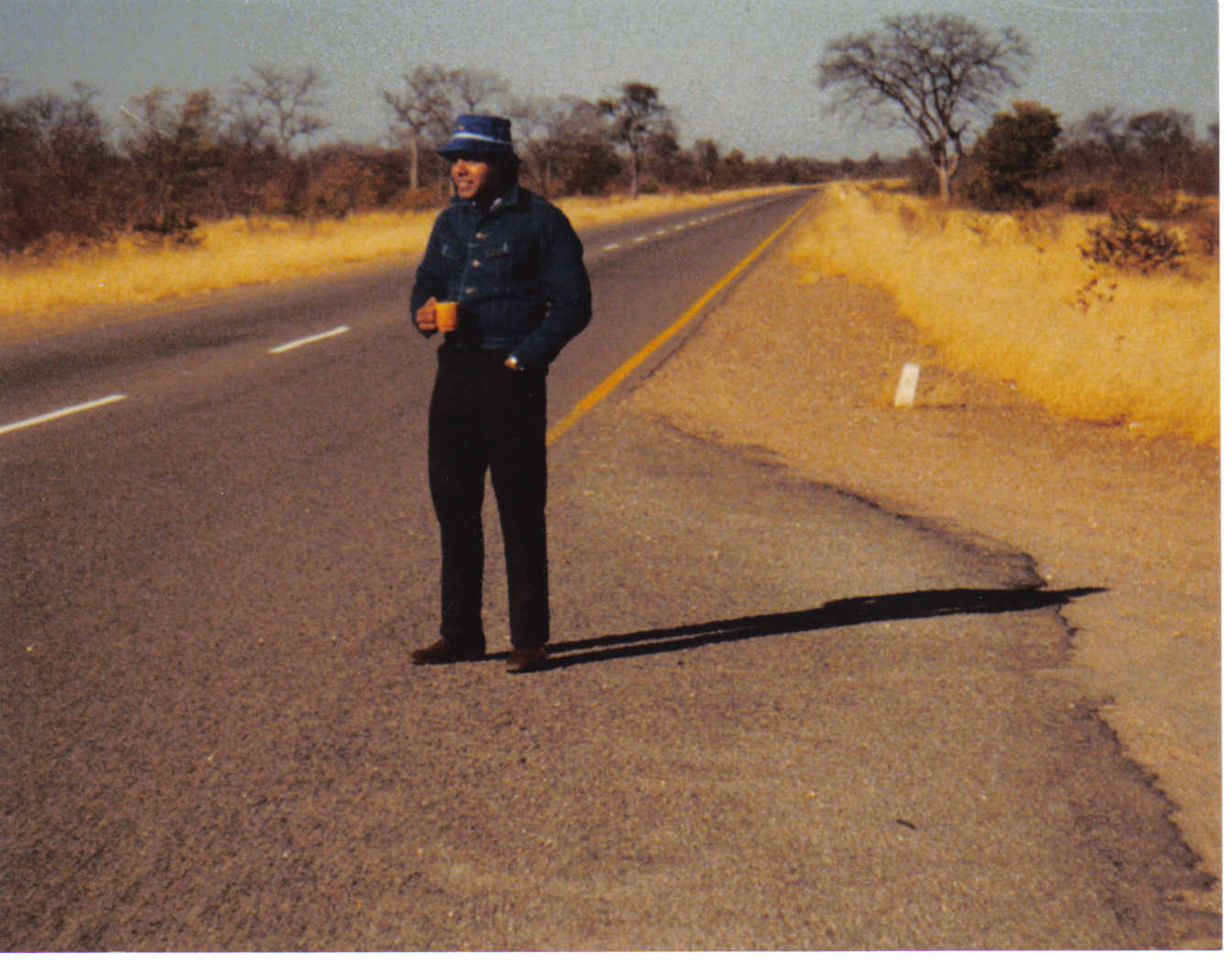
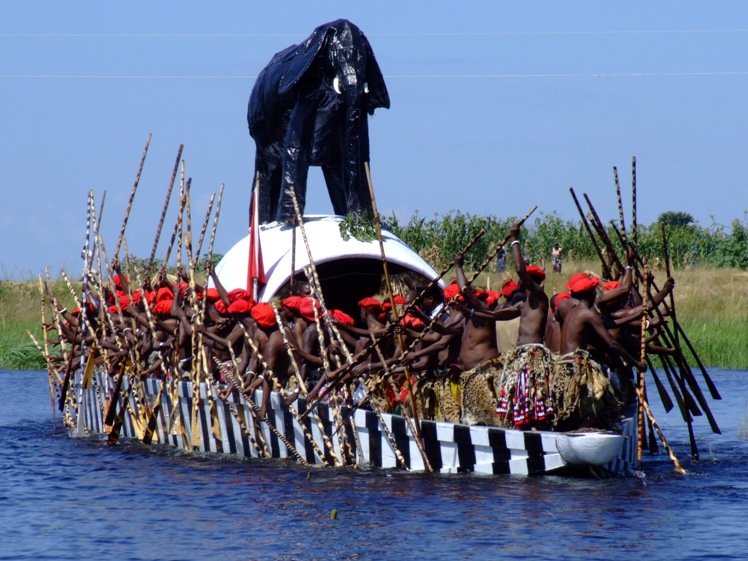
In the Southern region of Africa lies the country of Zambia, which I have earlier spoken of here. Zambia consists of over fifteen different tribes. Among these are the Barotse people located in what was formerly known as Barotseland, which is now the Western Province of Zambia. They are also known as the Lozi or Lotsi people.
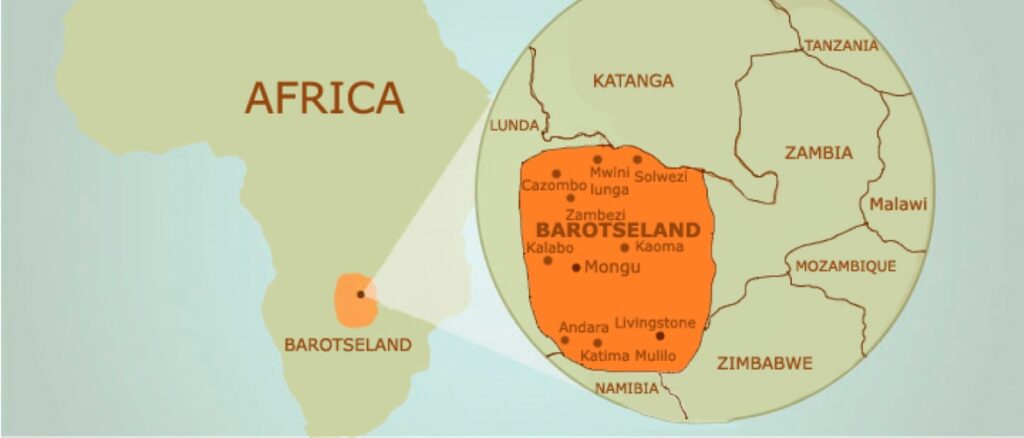
Why the spelling differences? It’s due to the various colonial influences and their pronunciations. The Lozi is due to the Germanic influence from Namibia, while Rotsi is likely the original pronunciation. In any case, the “Ba” preceding the Rotsi refers to the plural version of the name. Hence Ba-Rotse. On this basis, the British named the area “Barotseland.” They are a Bantu people and are also spread into parts of Angola, Namibia, Botswana, and Zimbabwe.
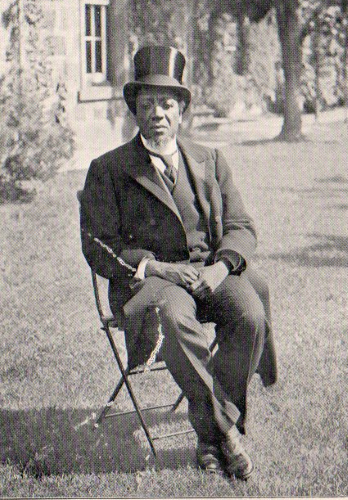
The Barotse tribe is ruled by a paramount chief, or “Litunga.” After independence from Britain, Barotseland was renamed Western Province. The Litunga continues ruling over his people within the Zambian political constitution. Litunga succession is hierarchical. The seasonal capitals of the Barotse people are Lealui and Limulunga. They hold special significance for the people as this is where the Litunga resides. The main city in the Western Province, for administration purposes, is Mongu.
The Western Province is relatively fertile with good farming potential. The mighty Zambezi River flows through it. It is the Zambezi, close to Lealui, that “triggers” the Kuomboka. How does that happen?
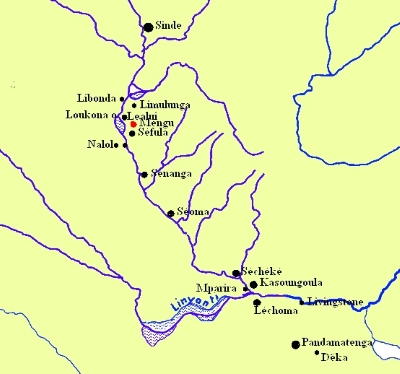
Each Summer, or rainy season, the Zambezi has the potential to overflow its banks and threaten neighboring villages. At this time, the Litunga leaves his residence in Lealui for the safety of the higher ground of Limulunga. He does this on a ceremonial barge known as the Nalikwanda (“for the people”). The Nalikwanda is recognizable by its large size and white stripes painted on the sides. It is manned by a team of roughly a hundred paddlers.
The Kuomboka ceremony is preceded by scouts who row out in white canoes to inspect the depths of the Zambezi and look out for enemies. Based on their report, the Litunga decides when to make the move. The signal to commence the journey is sounded by beating the Maoma drums. On the day of the move, the Litunga puts on his traditional clothes for the trip. It is an honor to be one of the paddlers on the Nalikwanda. They too dress up with a scarlet beret topped with a lion’s mane, and a knee-length animal skin skirt.
The Nalikwanda is large enough to carry the Litunga, special guests, belongings, attendants, musicians, and the paddlers. A ceremonial fire is carried on board whose smoke signifies that the Litunga is alive and well. His principal wife’s barge, the “Mbolyanga,” follows the Nalikwanda. The Nalikwanda and the Mbolyanga have an elephant and cattle egret totem on their roofs. The elephant ears and egret wings flap during the journey.
The Litunga boards the Nalikwanda to cheering, dancing, and ululation. The royal war drums, “Kunaona,” “Munanga,” and “Mundilli,” are beaten rhythmically during the trip from Lealui to Limulunga. Once on board, the Litunga changes into the uniform of an Admiral presented to him by King Edward VII, in 1902, as a symbol of Barotse treaties with Queen Victoria. There is much fanfare all along as crowds cheer on the barges. The trip takes roughly 6 hours. The Litunga is ceremoniously welcomed when he arrives at the higher ground at Limulunga. And thus concludes the Kuomboka Ceremony.
Open Africa / YouTube.com
The Kuomboka Ceremony is almost 300 years old.
Although modern roads have made this journey unnecessary, the ceremony is considered auspicious and followed as per traditions.
The ceremony is cancelled when the Zambezi is not considered deep enough to be a threat, or to avoid the full moon.
While it is one of the many ceremonies in Zambia, it is one of the biggest in Southern Africa, and people come from far and wide to witness it
The return journey back to the lowlands, after the rain waters have subsided, is known as the “Kafuluela.”
Earth Personally / YouTube.com
My Grade 7 teacher, Mr. Thorne, made me and some others write: “During the Kuomboka Ceremony, the Litunga boards the Nalikwanda to travel from Lealui to Limulunga” a hundred times. I missed the Friday afternoon movie they showed at school then. I thought this was strangely harsh on Mr. Thorne’s part. Looking back it was probably to drill into our minds a better appreciation of Zambian culture and history – which he probably felt we were lacking then.
Portable Tire Inflator – Good to Get One
The Miracle of Nature – Spring 2017
Trivia Time: Phrases and Idioms
News of the Cancellation of Kuomboka